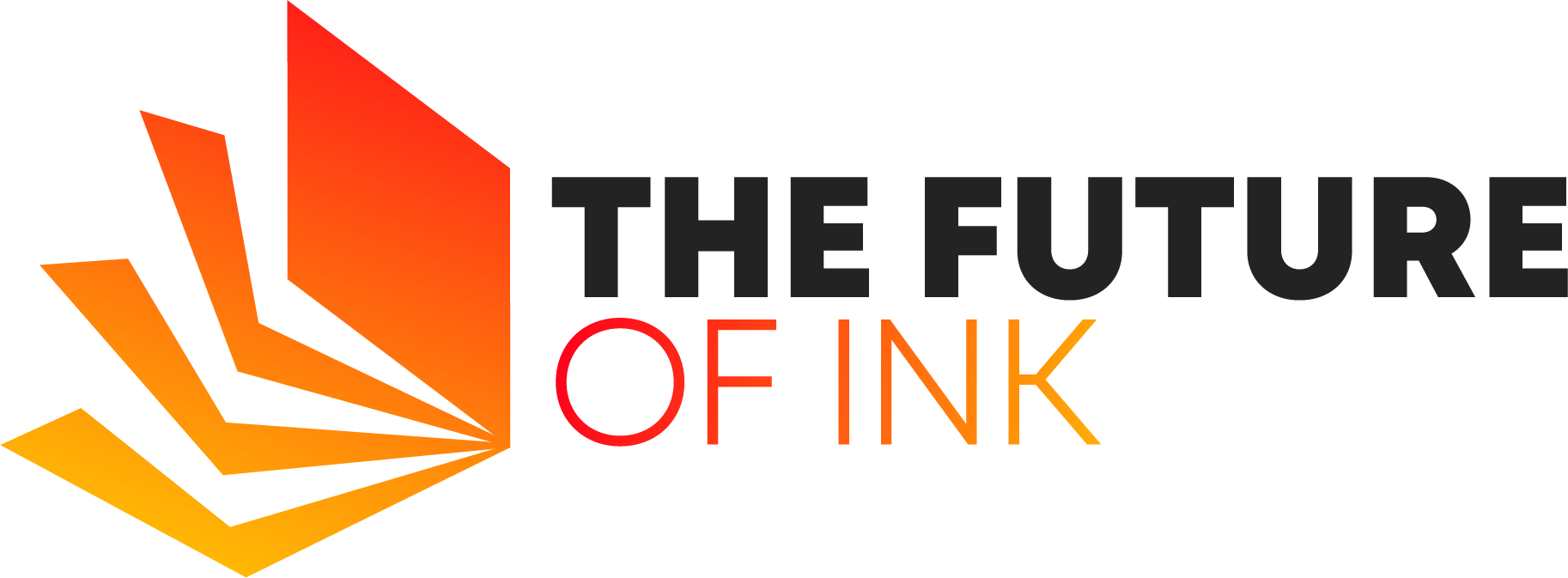Contents
Copyright information is governed by each nation. In the United States, the primary copyright law is the US Copyright Law of 1976. If you are interested in reading the law in its original form, as well as access other useful information, go to www.copyright.gov
When I worked as a research librarian, I was surprised at how many copyright questions I was asked. Little did I know how useful that would be for me when I became a publisher and an author.
Copyright can be very confusing. Let me provide a general overview of the important principles of copyright law which will serve you well as you write digital or print books.

As with all things legal, be sure to consult an attorney for your specific questions.
Protecting Your Work
In the United States, original works are protected by copyright law as soon as they are created in a “fixed, tangible expression”, which means as soon as you complete it.
This clause includes works of fiction and non-fiction, literary works such as plays and poetry, graphics, and music, whether they are published or non-published.
You don’t have to send a copy to the US Copyright office or do anything else to establish copyright.
However, if you publish a print book, you or your publisher will want to register that book with the Copyright Office as well as with the Library of Congress.
While it is not required by law, it’s a smart idea to place a copyright notice in your document, just to remind readers that the material is protected.
For eBooks, you can place this notice at the bottom of each page. In print books, this notice is placed on the legal page, directly behind the title page of your work.
The copyright notice is listed like this:
- The symbol © (the letter C in a circle), or the word “Copyright,” or the abbreviation “Copr.”
- The year of the first publication of the work.
- The name of the owner of copyright in the work.
Example: © 2013 Jo Author
Your copyright will last for your lifetime plus the next 70 years.
Also Read: The Art of Social Media for Writers
Exceptions to Copyright Law
There are some works considered a part of the public domain, which means you can use them freely without copyright permission. Public domains materials include:
- Works created by the U.S. federal government.
- Generic information, such as facts, numbers, and ideas.
- Works with expired copyrights- this includes older works from authors who have been dead for a long time- at least 70 years if their heirs have not renewed the copyright.
There are several websites that list books in the public domain. For a good list of public domain, sites see Public Domain Sherpa.
For example, books by Jane Austen are now in the public domain. If I wanted to publish the Love Your Life Publishing version of Pride and Prejudice, that would be allowable under the public domain clause.
Honoring the Work of Others
The US Copyright law has a clause called the “Fair Use” clause. This clause allows for the use of minimal portions of other’s copyrighted material without written permission.
This clause is very vague and can be quite confusing. Fair use is intended to allow the quoting of material for parody, commentary, news reporting, and education.
General rules of thumb are that it is perfectly acceptable to include brief quotations from others in your book as long as you give credit to that author.
For example, if I was writing an article or chapter about myths, I may want to include this quote:
“Myths which are believed in tend to become true.” George Orwell
You should enclose the quotation in quotation marks and include the author’s name. It is not necessary to list the title of the work where the quotation was first published.
Notice that fair use allows for brief quotations. A good way to ensure that you are not overstepping your boundaries is to limit quotations to a sentence or two.
If you want to quote an entire poem, song lyrics, or paragraph, you’ll need to get written permission from the publisher or copyright owner. To be honest, this is time-consuming and can be a big hassle, so I suggest that you just don’t use large quotations.
If you really need to include a larger piece of information from another work, you can paraphrase it and put the information in your own words, crediting the original author. Ideas cannot be copyrighted. Copyright law covers the expression of those ideas only.
Here’s an example of a way to paraphrase an idea and properly credit the original author:
Author Andrea J. Lee, in her ground-breaking work, Multiple Streams of Coaching Income, introduced the concept of creating information products to the coaching industry. Her premise was that the one-to-one coaching model limited the amount of income most coaches could earn unless they expanded their offerings into products or group offerings.
One very important issue to be aware of: graphics such as charts, photos, diagrams, and the like are protected under copyright law.
There really is not any way to use a brief portion of a diagram. If you cut and paste a graphic from someone else’s book, website, or other written material, you are outside the bounds of copyright law.
Also Read: The Five Secrets to a Killer eBook Cover
To Sum It Up
Now that you’ve read this summary of copyright law, use these general guidelines to make sure you are protecting your material, and more importantly, respect the copyright of other authors.
When you do, you are demonstrating your professionalism and writing with the highest levels of integrity, within the bounds of the law.
It always feels great to do the right thing!




